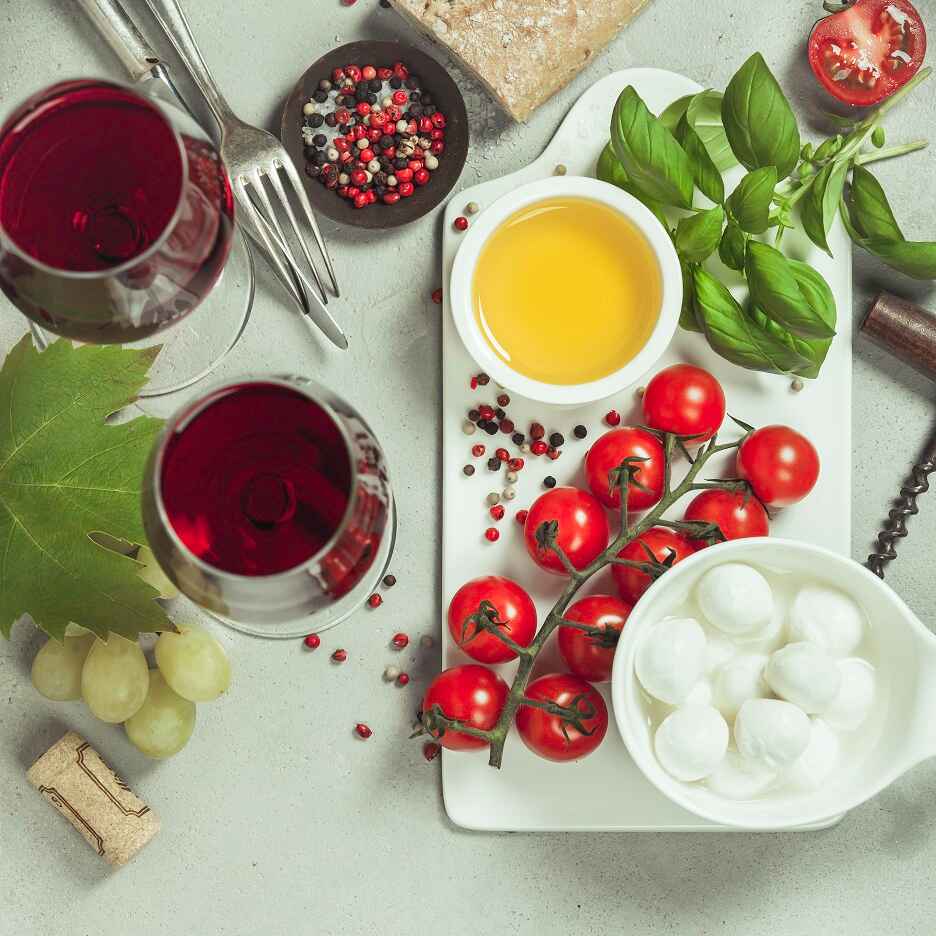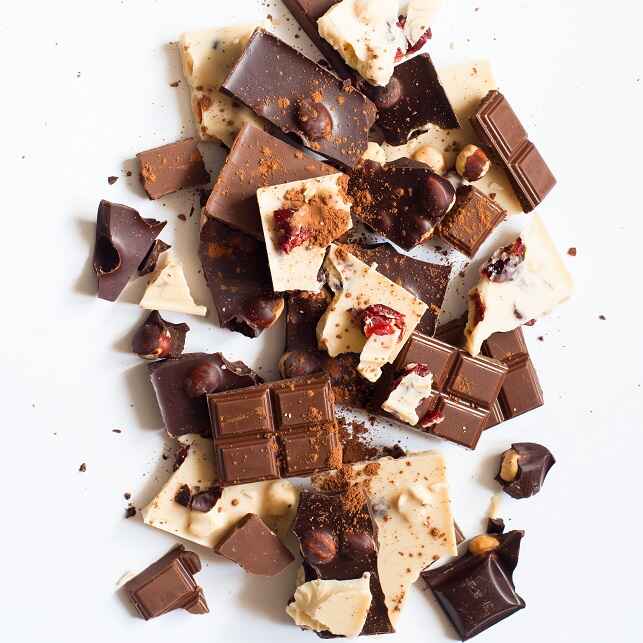The Best Wines for Vegan and Vegetarian Dishes: A Flavorful Guide
Wine and food pairings are an art form, but when it comes to vegan and vegetarian dishes, selecting the right wine can sometimes be a challenge. Unlike traditional meat-based meals, plant-based dishes offer a variety of textures, flavors, and nuances that need to be complemented by wines that enhance their natural qualities. Whether you’re serving a hearty vegetable stew, a light salad, or a flavorful vegan stir-fry, finding the best wine to pair with your plant-based meal is all about balance and highlighting the flavors of the dish.
In this guide, we’ll explore the best wine pairings for vegan and vegetarian dishes, providing tips, flavor profiles, and recommendations for red, white, and sparkling wines that can elevate your plant-based dining experience.
The Basics of Vegan and Vegetarian Wine Pairing
Before we dive into specific wine recommendations, here are some key principles to keep in mind when pairing wine with vegan and vegetarian dishes:
- Match the Wine with the Dish’s Flavor Intensity: Just like any wine pairing, it’s important to match the wine’s intensity with the dish’s flavors. Lighter, more delicate dishes like a simple green salad will pair better with lighter wines, while heartier dishes like a mushroom-based pasta or roasted vegetables will require wines with more structure and body.
- Consider the Ingredients: Vegan and vegetarian dishes are often centered around fresh vegetables, legumes, grains, and plant-based proteins like tofu or tempeh. When pairing, think about the dominant flavors—whether they’re earthy, sweet, herbal, spicy, or savory—and choose wines that complement or contrast with those notes.
- Consider Acidity and Texture: Many plant-based dishes have a refreshing acidity (such as vinaigrettes or tomatoes), while others may be rich and creamy (like a cashew cream sauce or avocado). Look for wines with good acidity to balance richness and wines with smooth textures to complement lighter meals.
- Find Vegan-Friendly Wines: Not all wines are vegan, as some may be processed with animal-derived fining agents like egg whites, fish bladder proteins, or gelatin. When selecting a wine for vegan and vegetarian dishes, look for wines labeled as vegan or inquire at your wine shop for recommendations.
Now that we have a solid foundation, let’s explore the best wines to pair with some popular vegan and vegetarian dishes.
1. Fresh Salads and Green Vegetables
Dishes: Light salads, arugula, spinach, kale, or herb-based dishes.
When pairing wine with fresh, crisp salads or delicate green vegetables, you’ll want a wine that matches the dish’s freshness without overpowering it. The key is to go for a wine that has good acidity to complement the crispness and bright flavors of the greens.
- Wine Pairing: Sauvignon Blanc
- Why it works: Sauvignon Blanc is a classic choice for salads and green vegetables. Its crisp acidity and citrusy notes match the freshness of the greens, while its herbal qualities echo the flavors of herbs like basil or mint. It’s particularly great with vinaigrettes or dishes featuring goat cheese, avocado, or lemon.
- Alternative Wine Pairing: Vermentino
- Why it works: Vermentino is a light and refreshing white wine from Italy with a bright, citrusy character. Its minerality and acidity are a great match for fresh salads or vegetable-based dishes that feature light, crisp greens.
2. Grilled Vegetables and Roasted Root Vegetables
Dishes: Grilled zucchini, eggplant, peppers, carrots, sweet potatoes, beets.
Grilled vegetables or roasted root vegetables have a rich, caramelized flavor that needs a wine with a bit more body to balance the smoky, earthy, and sweet notes. A medium-bodied red or a full-bodied white works best with these dishes.
- Wine Pairing: Pinot Noir
- Why it works: The smooth, medium-bodied profile of Pinot Noir is perfect for grilled or roasted vegetables. It has bright red fruit flavors and earthy undertones, which complement the savory and smoky flavors of roasted vegetables, such as mushrooms or root vegetables.
- Alternative Wine Pairing: Chardonnay (Oaked)
- Why it works: An oaked Chardonnay has a fuller body, with buttery texture and a slight smokiness that pairs well with the caramelized flavors of roasted vegetables. The wine’s slight oak influence complements the sweet, earthy flavors of root vegetables like sweet potatoes and beets.
3. Pasta Dishes with Tomato-Based Sauces
Dishes: Spaghetti with marinara sauce, penne arrabbiata, or ratatouille.
Tomato-based pasta dishes have an inherent acidity from the tomatoes, and that’s important to keep in mind when pairing wine. You want a wine that can handle the acidity while also complementing the richness of the sauce.
- Wine Pairing: Chianti Classico
- Why it works: Chianti Classico, made primarily from Sangiovese grapes, has vibrant acidity, which pairs beautifully with the tangy, acidic nature of tomato sauce. The wine’s red fruit character and earthy undertones are a perfect match for the savory tomato-based dishes.
- Alternative Wine Pairing: Zinfandel
- Why it works: Zinfandel’s bold flavors and slightly peppery notes complement the spiciness of tomato-based pasta dishes, especially those with garlic or chili. The wine’s fruit-forward profile balances the acidity of the tomatoes, creating a harmonious pairing.
4. Vegan Tacos, Burritos, or Mexican Dishes
Dishes: Tacos with plant-based fillings (beans, avocado, tempeh), guacamole, vegan chili, fajitas.
Mexican cuisine, with its vibrant, spicy flavors, requires a wine that can handle both the heat and the complexity of the dishes. Look for wines that have a bit of spice and fruitiness to complement the bold, zesty flavors of Mexican food.
- Wine Pairing: Garnacha (Grenache)
- Why it works: Garnacha is a medium-bodied red wine with bright fruit flavors, spice, and a slightly peppery finish. It’s a great match for the bold, spicy flavors of Mexican food, especially vegan tacos, fajitas, or chili. The wine’s fruitiness balances the heat, while the spiciness complements the flavors of cumin, chili, and cilantro.
- Alternative Wine Pairing: Riesling (Off-Dry)
- Why it works: An off-dry Riesling, with its slight sweetness and crisp acidity, is an excellent choice for spicier vegan Mexican dishes. The wine’s fruit-forward nature balances the heat of chili, while its acidity refreshes the palate between bites.
5. Vegan Burgers and Grilled Plant-Based Patties
Dishes: Vegan burgers with lentil, chickpea, or black bean patties, served with toppings like avocado, pickles, or vegan cheese.
Vegan burgers tend to have rich, umami-packed flavors, often featuring ingredients like mushrooms, beans, or plant-based proteins. For these types of hearty, savory dishes, you’ll want a wine that has enough structure and body to match the richness of the burger.
- Wine Pairing: Malbec
- Why it works: Malbec, with its bold fruit flavors and structured tannins, works wonderfully with vegan burgers. It complements the richness of plant-based patties, particularly those made with earthy ingredients like mushrooms or lentils. The wine’s dark fruit flavors balance the savory umami of the burger.
- Alternative Wine Pairing: Tempranillo
- Why it works: Tempranillo, a Spanish red wine, has a medium body and earthy, cherry-like flavors that pair well with the savory notes of a vegan burger. It’s particularly great with burgers that feature grilled vegetables or smoky flavors.
6. Vegan Stir-Fries and Asian-Inspired Dishes
Dishes: Vegan stir-fry with tofu, tempeh, or vegetables, served with soy sauce, sesame oil, and ginger.
Asian-inspired vegan dishes, such as stir-fries, tend to feature a mix of savory, sweet, and umami flavors. These dishes often have rich soy or miso sauces, as well as fragrant spices. Pairing with a wine that can complement both the sweetness and the savory notes is key.
- Wine Pairing: Gewürztraminer
- Why it works: Gewürztraminer, a fragrant white wine, has a touch of sweetness and a spicy profile that works beautifully with the bold flavors of Asian vegan dishes. Its floral notes and slight sweetness balance the richness of soy sauce and complement the ginger and sesame oil in stir-fries.
- Alternative Wine Pairing: Pinot Gris
- Why it works: Pinot Gris is a versatile white wine with bright acidity and a fruity, slightly spicy character. It pairs wonderfully with vegan stir-fries or tofu dishes, particularly those with a sweet-and-sour sauce or soy-based marinade.
7. Vegan Cheese and Charcuterie Boards
Dishes: Vegan cheese platters with plant-based cheeses, olives, nuts, fruits, and crackers.
A vegan cheese board is a delightful and sophisticated dish that pairs well with wines that offer complexity and balance. The key is to match the wine with the variety of flavors from the cheese, fruits, and other accompaniments.
- Wine Pairing: Chardonnay (Unoaked)
- Why it works: A crisp, unoaked Chardonnay with its bright acidity and citrus flavors is a fantastic choice for a vegan cheese board. It pairs well with a wide variety of plant-based cheeses, especially those that are creamy or tangy. The wine’s freshness balances the richness of the cheese, while its citrus notes enhance the flavors of fruit and nuts.
- Alternative Wine Pairing: Prosecco
- Why it works: If you’re looking for a sparkling wine, Prosecco is a great option for a vegan cheese and charcuterie board. Its effervescence refreshes the palate, while its light, fruity character pairs well with both the cheeses and the savory accompaniments.
Conclusion: Discovering the Best Wine for Vegan and Vegetarian Dishes
Pairing wine with vegan and vegetarian dishes can be an exciting adventure, and there are plenty of delicious combinations to explore. By considering the flavors, textures, and intensities of the dishes you’re preparing, you can find wines that complement and elevate the plant-based experience.
Remember to focus on matching the wine’s body and acidity with the dish, and don’t be afraid to experiment with different varieties. With the right wine, you can make your vegan or vegetarian meal even more enjoyable, whether you’re hosting a dinner party or enjoying a quiet meal at home. Cheers!











